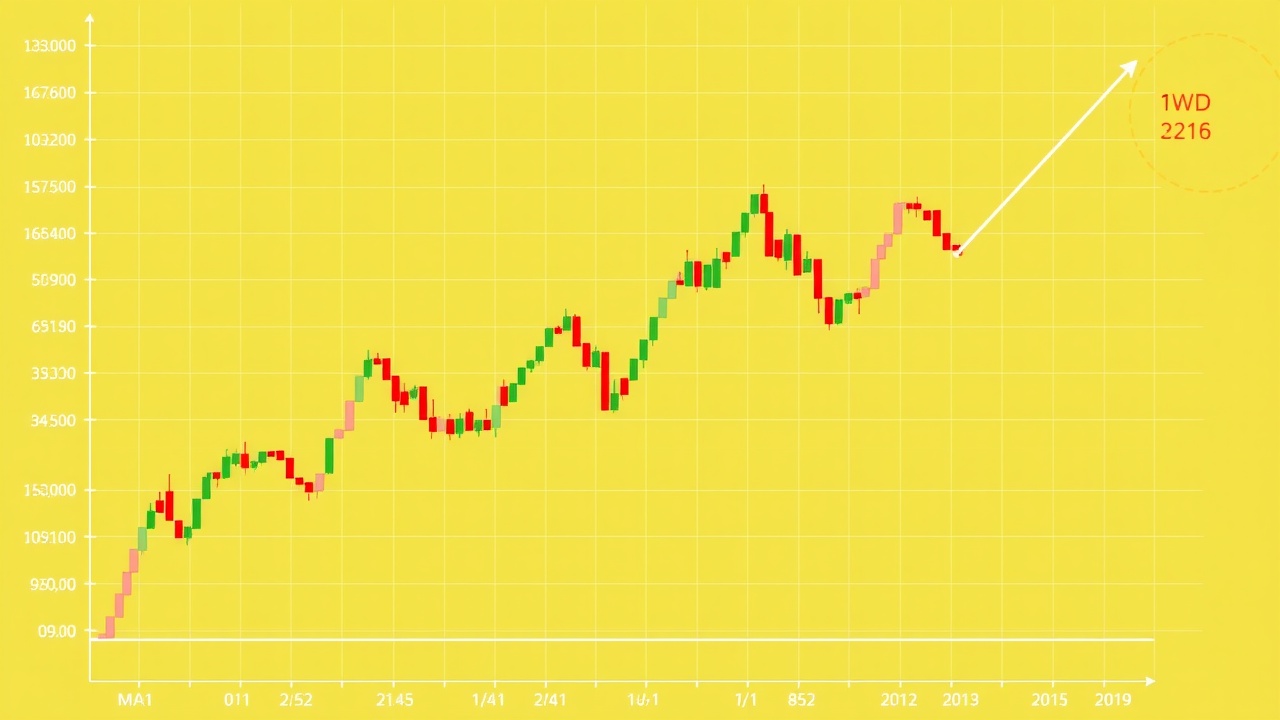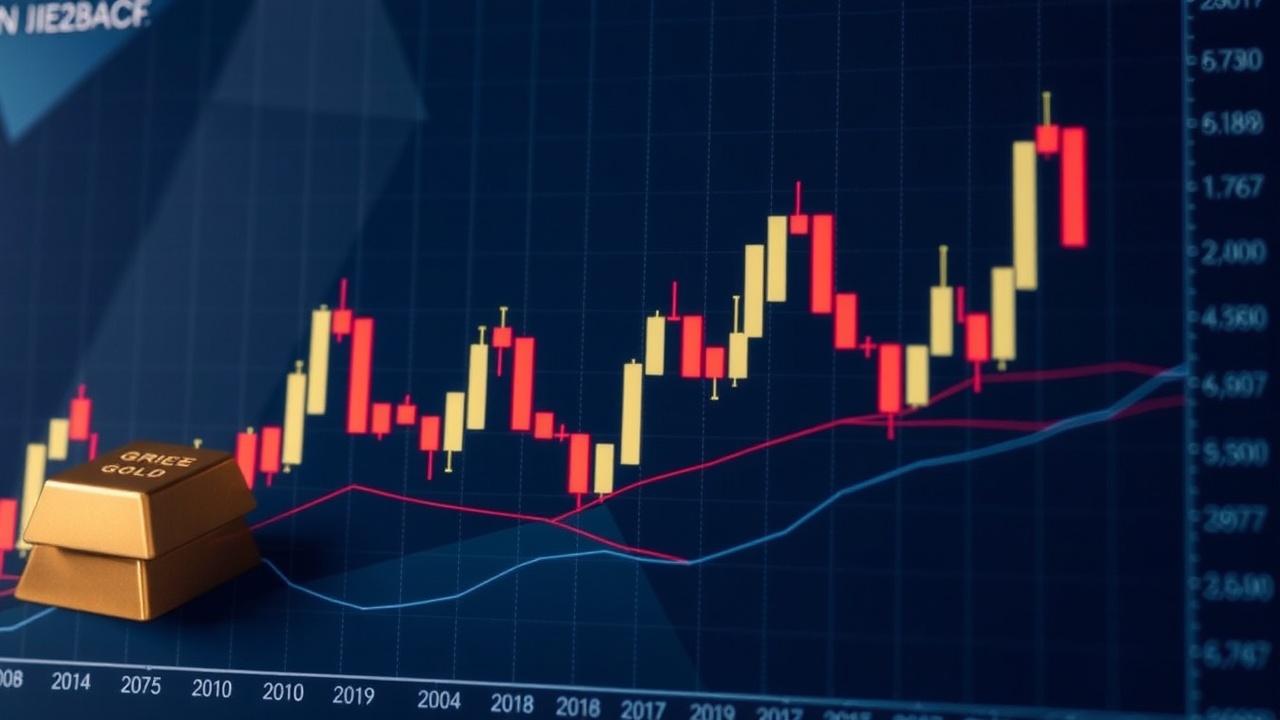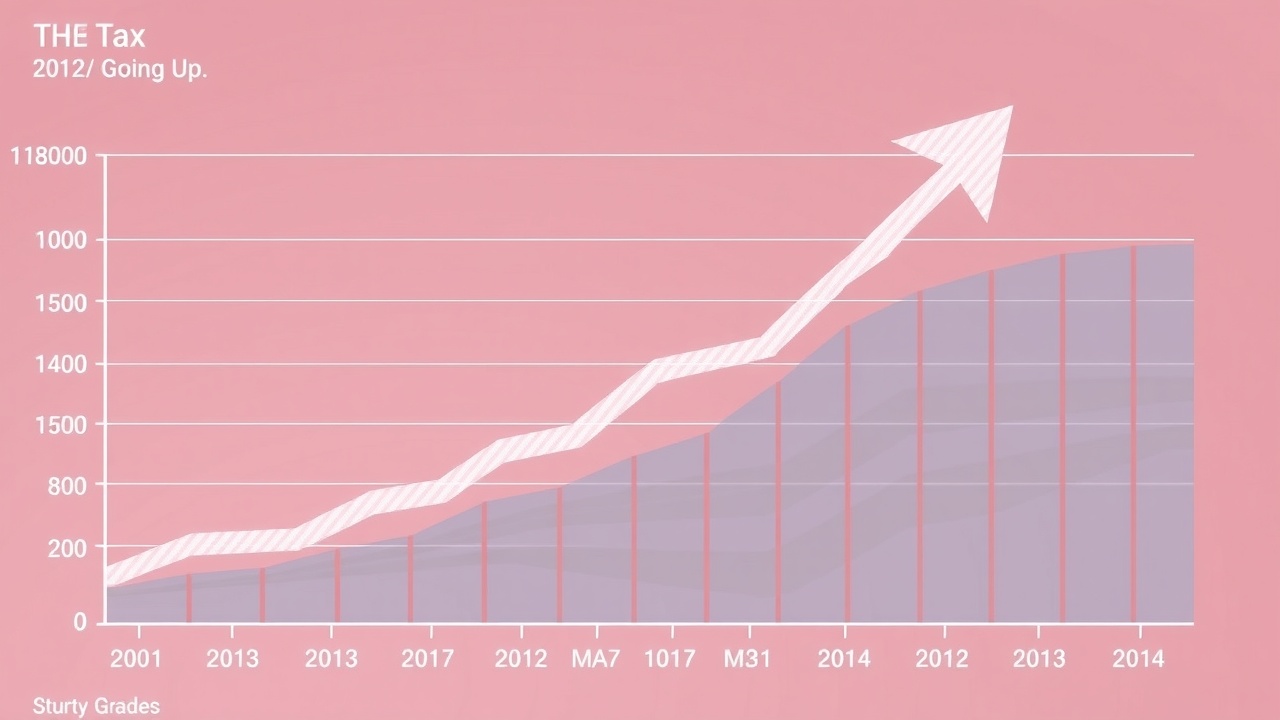
In investing, the price you pay for an asset is the only real control you have However, how can you determine whether you're getting a good deal on a stock's price?
Due to trade wars, tariffs, and issues with artificial intelligence in the tech sector, the S&P 500 has lost nearly 10% of its value this year as of April 23. The volatility of stock markets around the world has also increased. This is a time to panic for some people. Others see it as a chance to buy something for less.
When stock markets experience a significant decline, more companies' shares appear to be less expensive, as their price is lower than it was, say, a month ago. However, the best method to assess a stock's value is not to compare its share price alone.
The only decision an investor can make, given the abundance of factors beyond their control, is the price they wish to pay for an asset. A few easy calculations can help you determine whether a stock is expensive, simply cheap, or actually a good value when you're looking at the best stocks to purchase.
Senior equity analyst Matt Britzman of wealth manager Hargreaves Lansdown states: "Determining if a stock is fairly priced doesn't have to be a difficult undertaking.
"A company's value in relation to its performance and the larger market can be better understood by employing a few basic valuation tools.
According to Britzman, every stock investor should be aware of the following three crucial metrics: the price-to-book (PB), price-to-earnings growth (PEG), and price-to-earnings (PE) ratios.
1. The ratio of price to earnings
To compare a company's share price to its earnings, one of the most popular tools is the P/E ratio. It indicates the amount that investors are prepared to spend for each unit of a company's profit. In an article of its own, we define a P/E ratio.
You can determine whether a stock is overpriced or undervalued using the P/E ratio. A company's P/E ratio can also be used to compare the stock price of that company to that of other companies, such as those in the same industry.
Although cheap does not always indicate good value and may indicate concerns about the company's earnings, a lower P/E indicates a cheaper share. Companies with high P/E ratios, however, may appear pricey. However, this could be a sign of strong, rising earnings.
How is the P/E ratio determined?
Share price divided by earnings per share (EPS) is the PE ratio.
The PE ratio would be, for instance, if a company's share price was 20 and it made £2 per share in the previous year.
PE ratio is equal to 20 / 2.
This indicates that for every £1 in earnings, investors are paying £10.
Why is the P/E ratio significant?
A lower P/E could indicate that a stock is cheap or that there aren't many opportunities for growth. A greater P/E ratio may suggest that the stock is pricey, that investors anticipate rapid future growth, or that the earnings are of a high caliber. For instance, your selected stock may be undervalued if the average P/E for comparable companies is 15 and it trades at 10, but you should look into why.
The forward P/E ratio, which Hargreaves Lansdown prefers to use, is an adjusted version that uses expected earnings rather than past earnings.
2. Ratio of price growth to earnings
By accounting for a company's anticipated rate of growth, the PEG ratio goes beyond the P/E ratio. Although a stock's P/E may make it appear pricey, its growth potential may occasionally make the higher price justified.
How are the calculations made?
PE ratio / earnings growth equals PEG ratio.
The PEG ratio of a company with a PE ratio of 20 and an anticipated yearly growth of 10% in earnings would be as follows.
20 / 10 = 2 is the PEG ratio.
What makes it important?
In general, a PEG ratio less than one indicates that the stock is reasonably priced in relation to its growth. A PEG ratio greater than one indicates that the stock may be overpriced in relation to its rate of growth. Because growth stocks typically have higher PE ratios, the PEG ratio is especially helpful in these situations. For example, technology companies frequently trade at high PE levels, but when the PEG ratio is appropriate, their quick growth can make them appealing investments.
3. Proportion of price to book
In order to compare a company's market value to its book valuebasically, the net worth of its assets after liabilitiesthe PB ratio is another important metric.
The book value number on the balance sheet can be found in the annual report of a business. Equity, shareholders' funds, or net asset value (NAV) will be the names given to it.
To determine how expensive or cheap the company is, divide the share price by the book value per share once you know the book value. The business can be purchased for less than its assets are worth if the P/B ratio is less than one, which indicates that it is inexpensive.
In our article, we go into greater detail about what the price/book ratio is.
How is the calculation made? .
Book value per share divided by share price is the PB ratio.
For instance, the PB ratio would be as follows if a company's book value per share was 10 and the share price was 15.
15 / 10 = 1 point 5 is the PB ratio.
For what reason is it significant?
A PB ratio less than one can suggest that investors are cautious about the stock's future or that it is undervalued. A greater PB ratio can indicate that the market is confident in the company's ability to grow in the future. For sectors where cash and tangible assets like real estate and machinery are important, like banking and manufacturing, the PB ratio is especially helpful. However, it might not be as important for businesses with intangible assets, such as technology firms.
How to make it all work.
Because they make complicated financial data easier to understand, these three metricsPE, PEG, and PBare excellent resources for investors. You can determine whether a stock offers stability, growth potential, or value by comparing these ratios across comparable businesses or industries.
To get an immediate sense of value, start with the PE ratio. To account for growth prospects, use the PEG ratio. For businesses with a lot of assets, look at the PB ratio. Keep in mind that no single metric can fully capture the situation; comparison is key.
To see how the company's valuation has changed over time, look at its historical ratios (Hargreaves Lansdown uses a 10-year average). An organization's accounts contain historical financial data. Large, publicly traded companies frequently have these on their website. Companies House, for instance, is a good option for smaller UK businesses. competitors' or the market's overall average valuation. According to Britzman, investing should be done for a minimum of five years. These ratios should always be taken into account in conjunction with other elements such as the general financial health of the business, market trends, and general economic circumstances.
"You'll be more prepared to make more assured, well-informed investment decisions by combining these tools.
Don't panic, remember!
When markets are declining, it is crucial to avoid following your emotions. The stock market's history is .ted with upheavals and corrections, which are a natural part of investing.
"Historically, the US stock market has experienced a correction of 5 percent or more nearly every year (94 percent), and double-digit declines are also fairly common," notes John Plassard, senior investment specialist at Mirabaud Group.
Although the S&P 500 has seen an average intra-year drawdown of 16 percent, he adds that historically, the index has averaged a 10 percent annual return since 1928.
The S&P 500 has ended the year with double-digit gains in nearly 60% of the years since 1928, but in nearly half of those years, there has also been a double-digit correction while going along.
"This historical context highlights the volatility inherent in the stock market and reminds us that downturns are part of the journey towards long-term growth," Plassard states.














Leave a comment on: Three methods to determine if a stock is worth its price